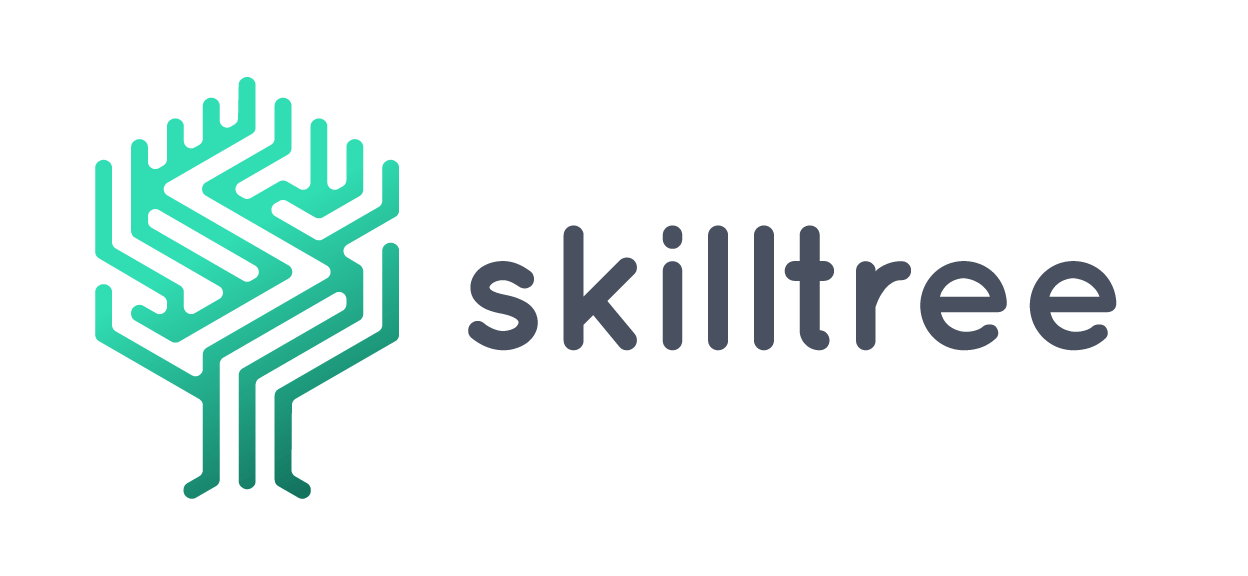Active sourcing is a modern method of recruiting in which companies actively approach potential applicants instead of waiting for incoming applications. This can be done by using social networks, career websites, or directly addressing potential candidates.
This new way of recruiting is more important than ever now as competition for qualified candidates becomes increasingly fierce. Unemployment has fallen to historic lows in many regions, and many industries have a shortage of skilled workers. This makes it increasingly more challenging for companies to find candidates for open positions.
Active sourcing also allows companies to reach a broader, more diverse candidate base. By using social networks and career websites and addressing potential candidates directly, companies can reach more people and thus also target underrepresented groups.
Challenges
Identifying suitable candidates is many companies’ most significant challenge in active sourcing. However, social networks can significantly help here, as many people present themselves online and share their skills and knowledge. By using tools like LinkedIn Recruiter companies can search specifically for candidates who have the necessary skills and knowledge.
Another way to identify potential candidates is to use career websites. Here, companies can search for applicants with specific skills and knowledge.
Implementation
Active sourcing should always be based on the company’s skill management to determine the proper requirements. By identifying the skills and knowledge needed for a position, companies can specifically search for candidates who meet these requirements. This makes it possible to increase recruiting efficiency and improve the quality of hired employees.
Referral Programm
After determining the requirement, active sourcing can begin: Often, it starts with an e-mail campaign or the introduction of referral programs. Referral programs allow existing employees to refer potential candidates to the company. This is an effective way to find qualified candidates because the recommendations from existing employees are often high quality. There is a high probability that these candidates will fit well into the company.
Email Marketing
Email marketing is used to address potential candidates directly and inform them about vacancies in the company. In order to properly implement email marketing for active sourcing, there are some important steps to consider:
1. Define target group: Before starting with email marketing, you should closely examine the target group. Who should be addressed? What skills and knowledge do these people have? This way, you can ensure the email is sent to the right people.
2. Personalisation: To get the recipients’ attention, it is essential to make the email as personalised as possible. This can be achieved by addressing the recipient by name and referring the e-mail to the recipient’s skills and knowledge.
3. Clear and concise message: The email should contain a clear and concise message. It should be clear which vacancy is offered in the company and what requirements are placed on the candidates.
4. Call to action: There should be a call to action at the end of the email. This can be a link to the online application or the indication of contact details to which candidates can contact.
5. Measure and optimise: To determine which email campaigns are the most successful, you should measure and optimise the results. This can be done, for example, by measuring the email’s open rates and click-through rates and testing different email variants to find out which ones work best.
By adequately implementing email marketing, active sourcing can be effectively supported, increasing the likelihood that qualified candidates will apply for open positions in the company.
A holistic approach to active sourcing
Active sourcing measures must always be considered in the larger corporate strategy. In particular, the active sourcing strategy must fit the talent management and employer branding strategy.
Effective talent management enables companies to develop and develop their existing employees, thus reducing turnover. By identifying and nurturing talent in the company, succession planning can also be improved.
Employer branding helps build a strong employer brand. A strong employer brand can make a company more attractive to potential candidates and thus increase the likelihood that they will apply for vacancies in the company. This can be achieved through social media, career websites or PR measures.
Overall, active sourcing allows companies to search specifically for the required skills and knowledge, thus improving hired employees’ quality. By combining active sourcing, talent management and employer branding, successful succession planning and a reduction in fluctuation can be achieved. It is important to note that active sourcing should be seen as a supplement to traditional recruiting methods to reach a broader and more diverse candidate base.
Do you already have all the data to get started with effective active sourcing? Skilltree helps you to manage your existing and needed skills. Try it here for free.
